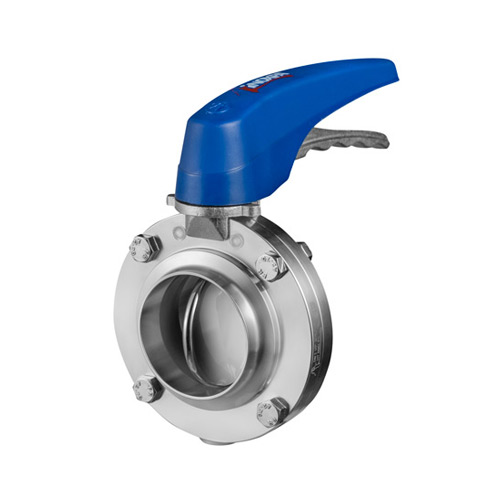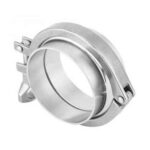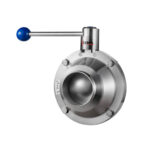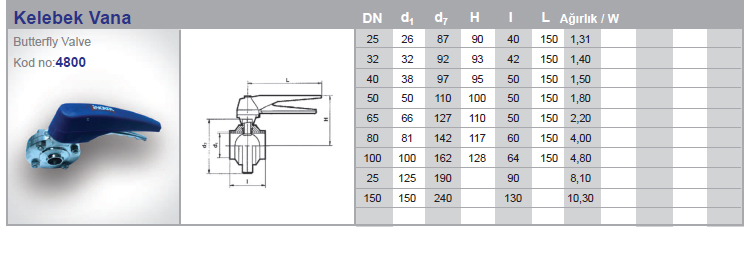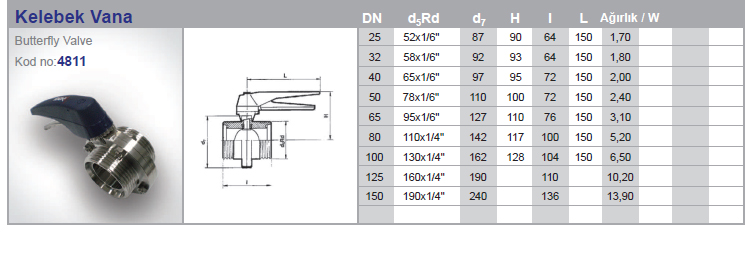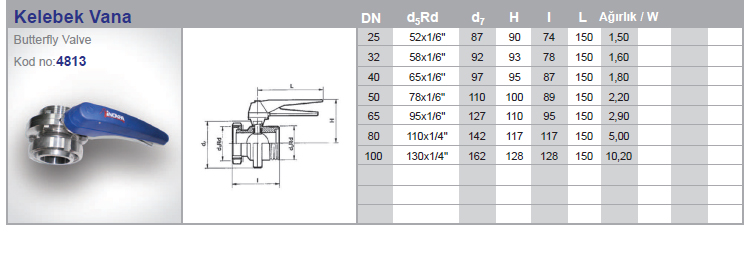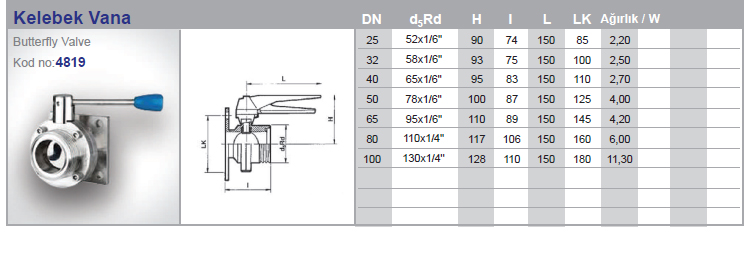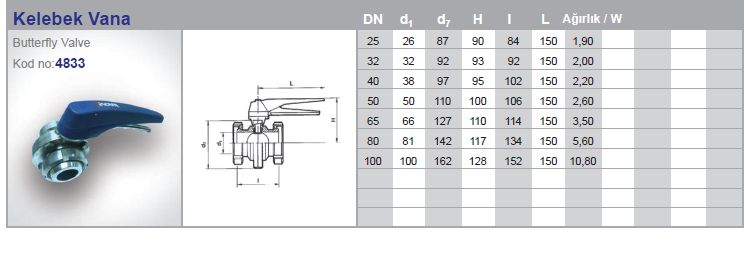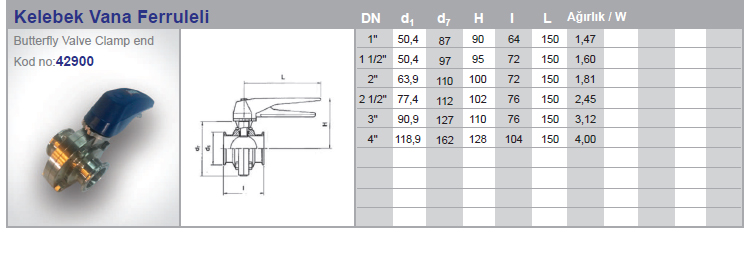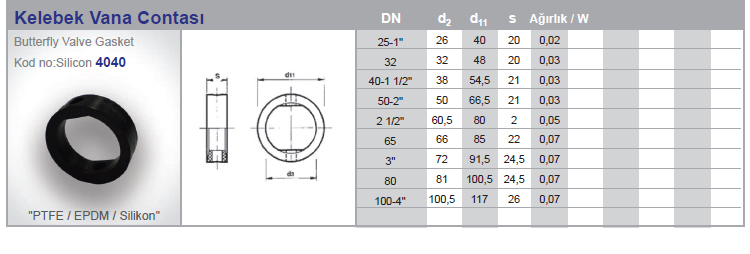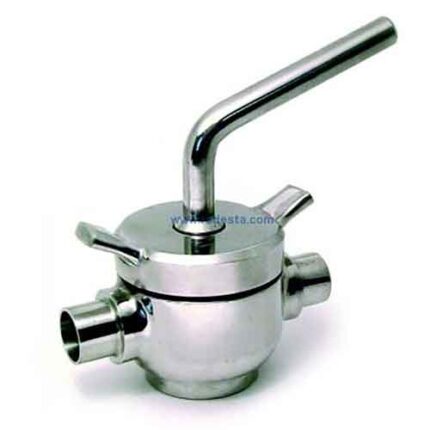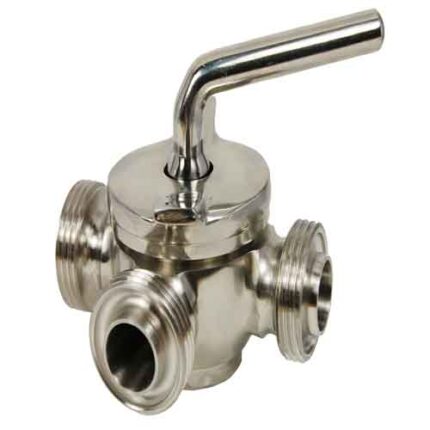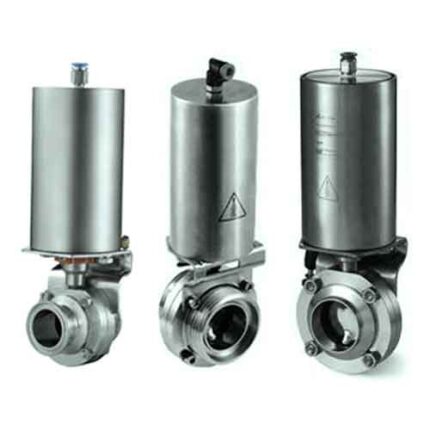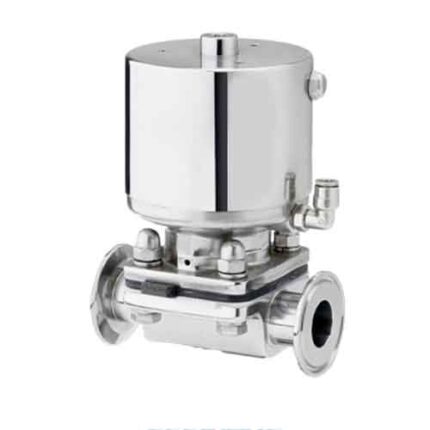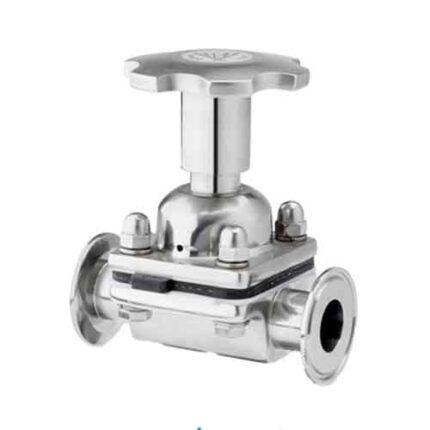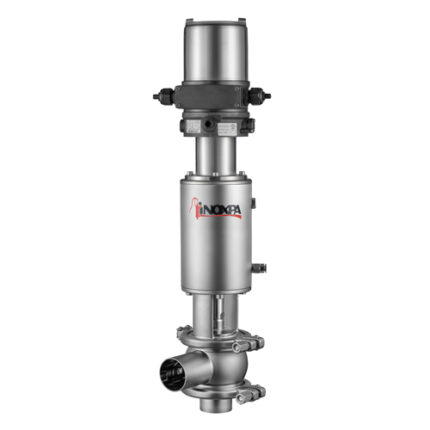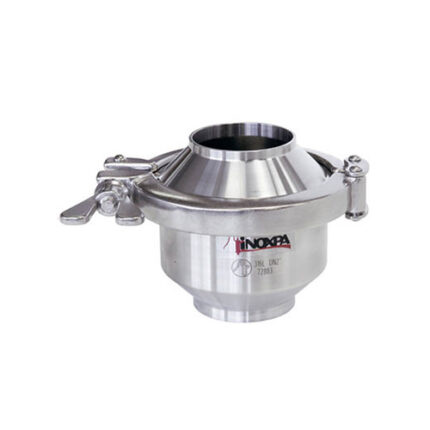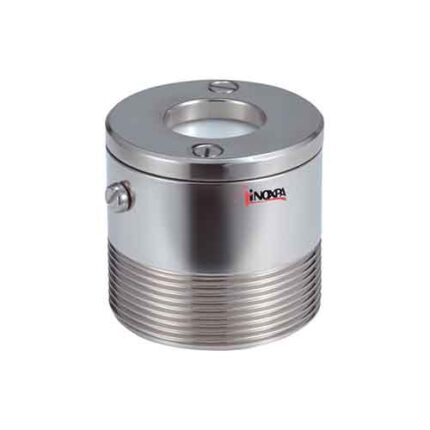Hygienic Butterfly Valve
The butterfly valve; It is a type of valve developed to produce more economical solutions in the control of liquids, gases or particulates, used for controlling viscous fluids, with a simple, compact structure, taking up little space, providing 100% impermeability.
The butterfly valve; A valve consisting of a rotating circular plate or a pair of hinged semicircular plates attached to a transverse shaft and mounted inside a pipe to regulate or prevent flow in the pipe.
Butterfly valves are a family of quarter-turn rotary valves used to shut off flow in pipelines.
Usage Areas of Butterfly Valves
Butterfly valves are used in a wide variety of process environments and industries, particularly in water supply, collection and distribution, as well as in pumping stations and have a wide variety of use cases, particularly in flow isolation.
Some of the most important advantages of Butterfly valves over other valve families are their simple construction and compactness; this results in final products that are lighter, less costly and with a smaller installation footprint and faster operating speeds.
Hygienic Butterfly Valve: principle of operation
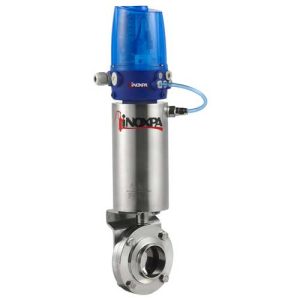 The construction of a butterfly valve is relatively simple with the rotation of the valve disc controlling the fluid flow. In the closed position the disc blocks the valve orifice while in the open position the disc is oriented perpendicular to the flow direction to allow flow. Butterfly valves generally provide bidirectional flow and shut-off. However, they are not full-throughput, making them unsuitable for pigging or cleaning. Body material is ductile cast iron with epoxy powder coating on both inner and outer surfaces. Valves are typically operated by handwheels, gears or actuators or a combination thereof, depending on specific application requirements and specifications.
The construction of a butterfly valve is relatively simple with the rotation of the valve disc controlling the fluid flow. In the closed position the disc blocks the valve orifice while in the open position the disc is oriented perpendicular to the flow direction to allow flow. Butterfly valves generally provide bidirectional flow and shut-off. However, they are not full-throughput, making them unsuitable for pigging or cleaning. Body material is ductile cast iron with epoxy powder coating on both inner and outer surfaces. Valves are typically operated by handwheels, gears or actuators or a combination thereof, depending on specific application requirements and specifications.
There are three ways to operate or actuate a butterfly valve – manual, semi-manual or fully automatic -.
Related products
2-Ways Plug Cock
3-Ways Plug Cock
Air Operated Valves (Pneumatic valve)
Diaphragm Valve
Flow Control Valve
Hygienic check valve
Safety Vent
Vacuum Valves
Vacuum valves are valve installed in the supply or exhaust line of a vacuum system. Vacuum control valves are a valve designed to maintain atmospheric pressure within the tank while the tank is being filled or emptied. The system is sealed until overpressurized. It is set to expel excess gas when a set pressure threshold is exceeded.
